9 best ChatGPT alternatives in 2025
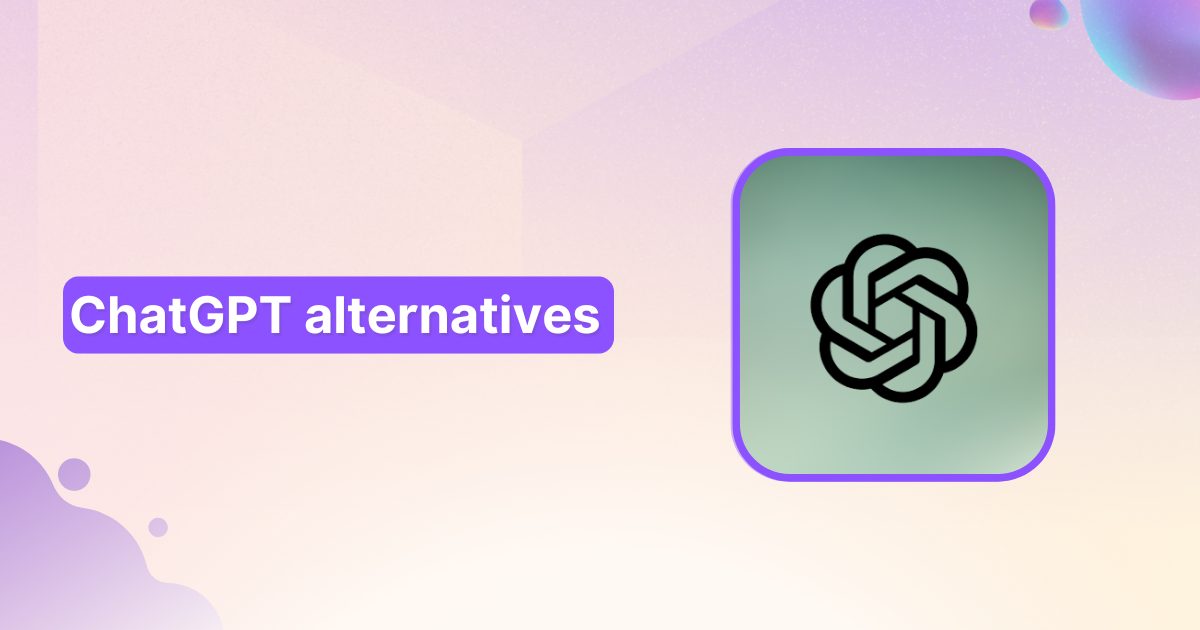
Remember when ChatGPT burst onto the scene and everyone scrambled to try it? While impressive, its limitations become apparent when you need specialized content creation that doesn’t scream “AI-generated.”
As content creators, we’ve tested numerous alternatives searching for tools offering better customization and more natural-sounding output.
Among the promising contenders is Contentpen, which we’ve recently incorporated into our workflow with impressive results.
Whether you’re frustrated by ChatGPT’s downtime, knowledge limitations, or simply need something better tailored to your industry, this guide explores ten alternatives that could transform your content strategy.
| Tool | Key feature | Limitation |
| Contentpen | Specializes in creating highly customizable content with built-in SEO optimization tools | Limited integration options with third-party applications |
| Google Gemini | Seamless multimodal capabilities combining text, image, and data analysis in one prompt | Inconsistent performance across creative writing tasks |
| Claude | Processes and references extremely long documents up to 200,000 tokens | Fewer specialized tools and plugins than competing platforms |
| Perplexity AI | Real-time web search with cited sources for up-to-date, verifiable information | Less effective for creative content than fact-based research |
| Jasper AI | Comprehensive content marketing suite with business-specific templates | Higher pricing tiers for advanced features that small teams need |
| Meta AI | Exceptional handling of cultural references and conversational language | Limited customization for business-specific content requirements |
| Chatsonic | Voice-enabled content creation with multiple brand persona options | Inconsistent persona maintenance throughout longer content pieces |
| Writesonic | Long-form content toolkit with integrated plagiarism-checking | Steep learning curve to master all available features |
| Microsoft Copilot | Seamless integration with Microsoft 365 productivity applications | Less versatile for content creation outside the Microsoft ecosystem |
| ClickUp | AI writing capabilities within a complete project management system | Limited advanced writing features like tone adjustment or content optimization |
What is ChatGPT, and what can it be used for?
ChatGPT is an advanced language model developed by OpenAI that has revolutionized how we interact with artificial intelligence. Released in late 2022, it quickly became the fastest-growing consumer application in history, reaching 100 million users within just two months of its launch.
At its core, ChatGPT is a large language model trained on vast amounts of text data, enabling it to engage in human-like conversations, answer questions, and assist with various tasks. The model has seen several iterations, with GPT-4 and its subsequent updates bringing significant improvements in reasoning, creativity, and technical capabilities.
Why look for ChatGPT alternatives?
While ChatGPT remains a powerful and widely used AI tool, several significant limitations might lead users to seek alternatives. Let’s explore these limitations with specific examples:
1. Knowledge cutoff and outdated information
ChatGPT’s knowledge is limited to its training cutoff date, which can be problematic for users needing current information.
Example:
- A financial analyst needs real-time market data analysis, but ChatGPT can’t access current stock prices or market trends
- A researcher looking for the latest scientific publications finds that ChatGPT’s knowledge doesn’t include recent breakthroughs
- A journalist writing about current events can’t get accurate information about ongoing developments
2. Inconsistent response quality
ChatGPT’s outputs can vary significantly in quality, especially for complex tasks:
Example:
- A programmer might receive different solutions to the same coding problem across multiple attempts
- A content creator might notice varying quality in writing style and tone of voice within the same session
- A business analyst might get inconsistent interpretations of the same data set
3. Limited specialized knowledge
Despite its broad knowledge base, ChatGPT may struggle with deep domain expertise:
Example:
- A medical researcher needs a detailed analysis of specific protein interactions, but ChatGPT provides only surface-level information
- An aerospace engineer requires specialized calculations that ChatGPT can’t perform accurately
- A legal professional needs jurisdiction-specific legal interpretations that ChatGPT isn’t qualified to provide
4. Context window limitations
ChatGPT’s context window restricts its ability to handle long conversations or extensive documents:
Example:
- A writer working on a novel can’t maintain consistency across multiple chapters due to context limitations
- A data analyst can’t process and analyze large datasets in a single conversation
- A researcher can’t maintain context when reviewing a lengthy academic paper
5. Creative limitations and repetitive patterns
While capable of creative tasks, ChatGPT can fall into predictable patterns:
- A marketing team notices similar phrasings across multiple generated ad copies
- A content creator observes repetitive story structures in generated content
- A songwriter finds that generated lyrics follow too-similar patterns
6. Potential for generating incorrect or biased information
While ChatGPT provides informative responses based on its training data, it is not infallible. Some key concerns include:
- Factual inaccuracies: Since the AI does not verify information in real-time, it may generate outdated or incorrect answers, especially for rapidly evolving topics like scientific discoveries, medical research, or current events.
- Bias in responses: ChatGPT’s responses can reflect biases in its training data. This may result in skewed perspectives on certain social, political, or cultural issues.
- Lack of real-time fact-checking: Unlike AI models with internet access, ChatGPT does not cross-check sources, making it less reliable for fact-sensitive applications like journalism, legal research, or academic work.
7. Limited ability to understand context without explicit explanation
While ChatGPT can follow a conversation, it does not always fully grasp nuances, implied meanings, or deep contextual dependencies. Key challenges include:
- Loss of context in long conversations: As a session extends, earlier parts of the discussion may become less relevant, requiring users to restate information frequently.
- Difficulty understanding sarcasm, humor, or cultural references: AI models still struggle with figurative language, making them less effective for specific creative writing tasks or casual conversations.
- Ambiguity in instructions: ChatGPT may misinterpret user intent if prompts are vague, leading to irrelevant or generic responses.
8. No direct internet access in its base form
One of ChatGPT’s most significant drawbacks is its lack of real-time internet browsing capabilities, leading to the following issues:
- Inability to fetch live data: ChatGPT cannot provide stock market updates, sports scores, breaking news, or live weather reports unless integrated with external tools.
- No verification of information: Since it relies on pre-existing data, it cannot verify the latest trends, regulations, or business strategies.
- Dependency on external plugins: While there are ways to integrate ChatGPT with the internet, this feature is not available by default in its base form, making it less convenient than AI tools with built-in browsing.
11. No ability to generate, edit, or manipulate images directly
ChatGPT is a text-based AI, meaning it lacks built-in capabilities for image processing, which presents limitations such as:
- No image generation: Unlike tools such as MidJourney or DALL·E, ChatGPT cannot create visuals from text prompts.
- No editing or enhancement features: Users looking for AI-driven photo editing, design, or video manipulation must rely on external tools.
- Not suitable for graphic design needs: ChatGPT is not an alternative to design-focused AI platforms like Canva AI or Adobe Firefly.
Read-up: Does Google penalize AI content?
Understanding these limitations helps users choose the right tool for their specific needs, so we’ll now explore the top alternatives available in 2025.
9 alternatives of ChatGPT that are worth using
1. Contentpen: The all-in-one content powerhouse
Contentpen represents a revolutionary approach to AI-powered content creation, specifically designed for businesses seeking to scale their content production while maintaining quality and SEO effectiveness.
Key features:
- Team of specialized AI agents working in coherence
- Deep brand voice analysis and integration
- Automated SEO optimization and keyword research
- Built-in content approval workflow
- Direct WordPress publishing integration
- Bulk content generation capabilities
- Content refresh and update tools
Best used for:
- Creating SEO-optimized blog content at scale
- Managing comprehensive content marketing campaigns
- Automating content research and optimization
- Maintaining brand consistency across content
- Streamlining team collaboration and approval processes
Unique advantages:
- Multiple AI agents working together instead of a single model
- Integrated brand knowledge management
- Automated title and keyword suggestions based on search intent
- Built-in SEO optimization tools
- Visual content pipeline management with Kanban board
Limitations:
- Primarily focused on blog content creation
- May require initial setup time for brand voice training
- Premium features restricted to higher-tier plans
2. Google Gemini: Advanced multimodal capabilities
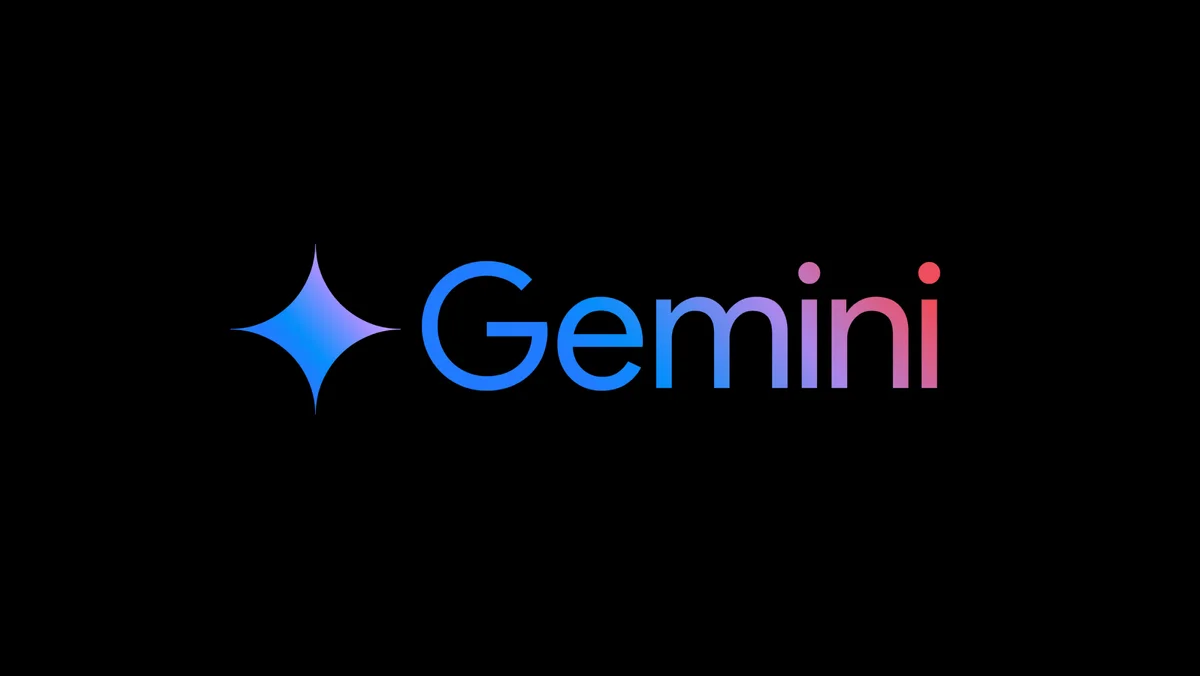
Google’s Gemini Ultra represents the tech giant’s most advanced AI model, combining multimodal capabilities with powerful reasoning abilities. This model has particularly distinguished itself in scientific and technical applications.
Key features:
- Multimodal processing (text, images, code, and audio)
- Real-time internet access for up-to-date information
- Advanced mathematical and scientific reasoning
- Seamless integration with Google’s ecosystem
- Strong performance in multilingual tasks
Limitations:
- Some features are restricted to enterprise customers
- Requires Google account for access
- Variable performance across different languages
3. Claude

While sharing the same foundational technology, Claude distinguishes itself through its enhanced capabilities in handling complex, long-form content and creative tasks. It’s particularly valued for its ability to maintain context over extended conversations.
Key features:
- Extended context window for longer conversations
- Superior creative writing capabilities
- Advanced document analysis and summarization
- Improved memory management across conversations
- Enhanced emotional intelligence in responses
Limitations:
- Higher cost compared to other alternatives
- More resource-intensive
- May be overpowered for simple tasks
4. Perplexity AI: Real-time intelligence with internet access
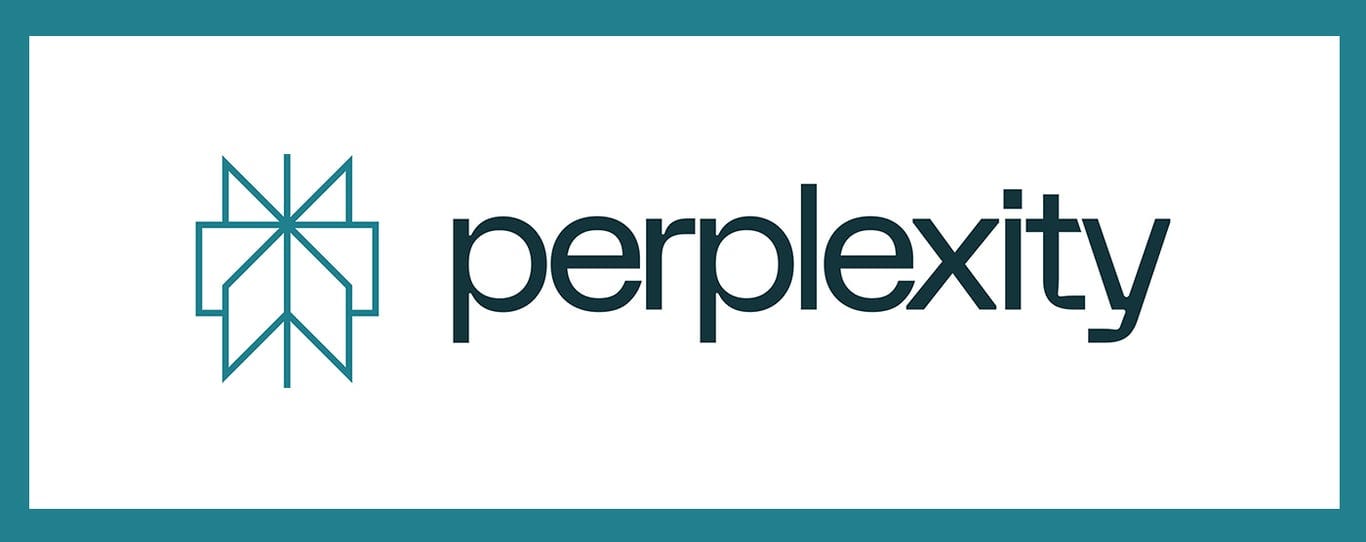
Perplexity AI revolutionizes the AI assistant landscape by offering real-time information access and sophisticated analysis capabilities. It stands out for its ability to provide up-to-date, cited information online.
Key features:
- Real-time internet access and search
- Source citation for information
- Interactive search refinement
- Visual information processing
- Academic paper analysis
- News summarization
- Multi-turn conversations with context
- Academic literature review
Limitations:
- Limited creative content capabilities compared to dedicated writing assistants.
- Inconsistent source quality when pulling from real-time web searches.
- Minimal personalization options for output format, tone, or style.
5. Jasper AI: Creative content mastery
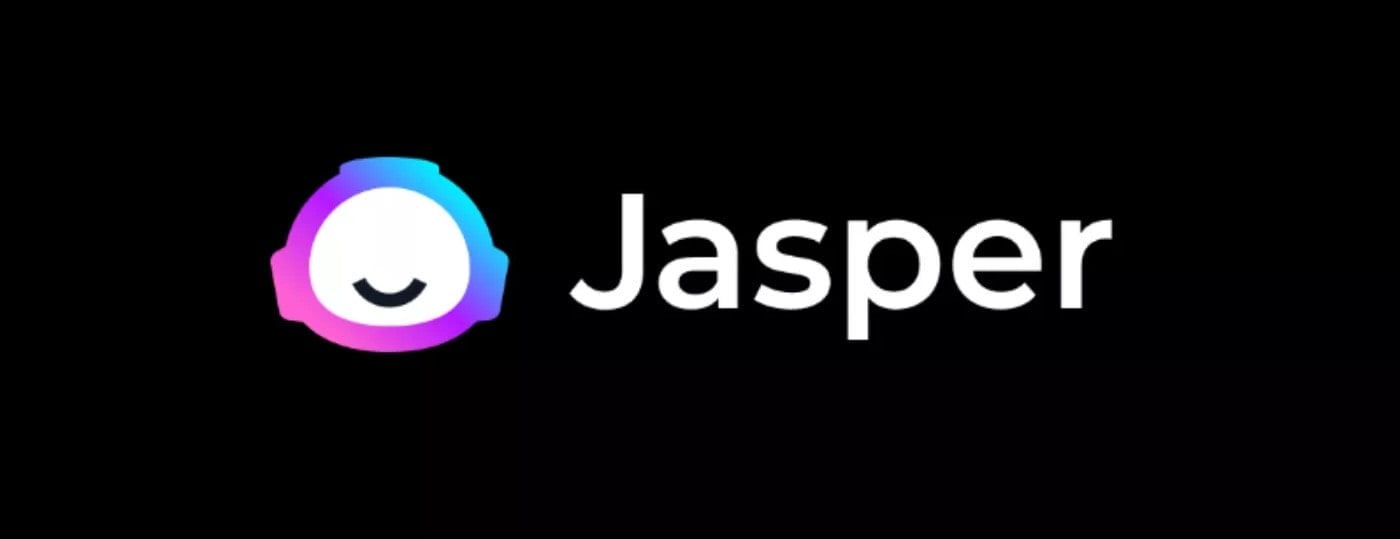
Jasper AI specializes in creative content generation, offering a suite of tools designed specifically for marketing professionals, content creators, and business communicators.
Key features:
- Brand voice customization
- Multiple content templates
- SEO optimization tools
- Team collaboration features
- Multi-language support
- Art generation capabilities
- Campaign management tools
- Extensive template library
Limitations:
- Steep pricing structure that puts advanced features out of reach for individual users
- Requires significant prompt engineering skills to achieve consistent quality outputs
- Lacks the depth of specialized industry knowledge for highly technical content creation
6. Meta AI: Open innovation and accessibility
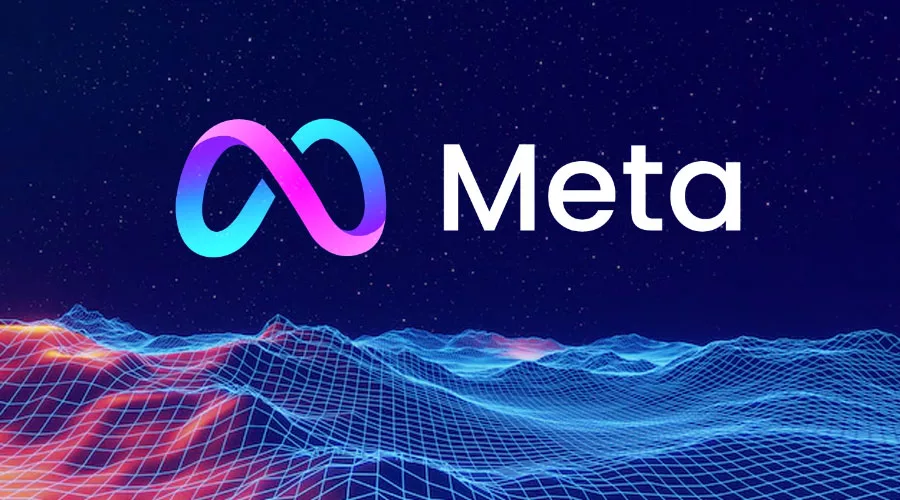
Meta AI represents Meta’s commitment to open-source AI development, offering powerful language models and tools that can be customized and deployed for various applications.
Key features:
- Open-source architecture
- Customizable model training
- Multiple model sizes available
- Research-focused development
- Community-driven improvements
- Multimodal capabilities
- Low resource requirements
- Transparent development
- Regular updates and improvements
Limitations:
- Lacks dedicated business content templates for marketing and sales materials
- Limited customization options for controlling output length and formatting
- Restricted integration capabilities with third-party productivity tools
7. Writesonic: Efficiency in content creation
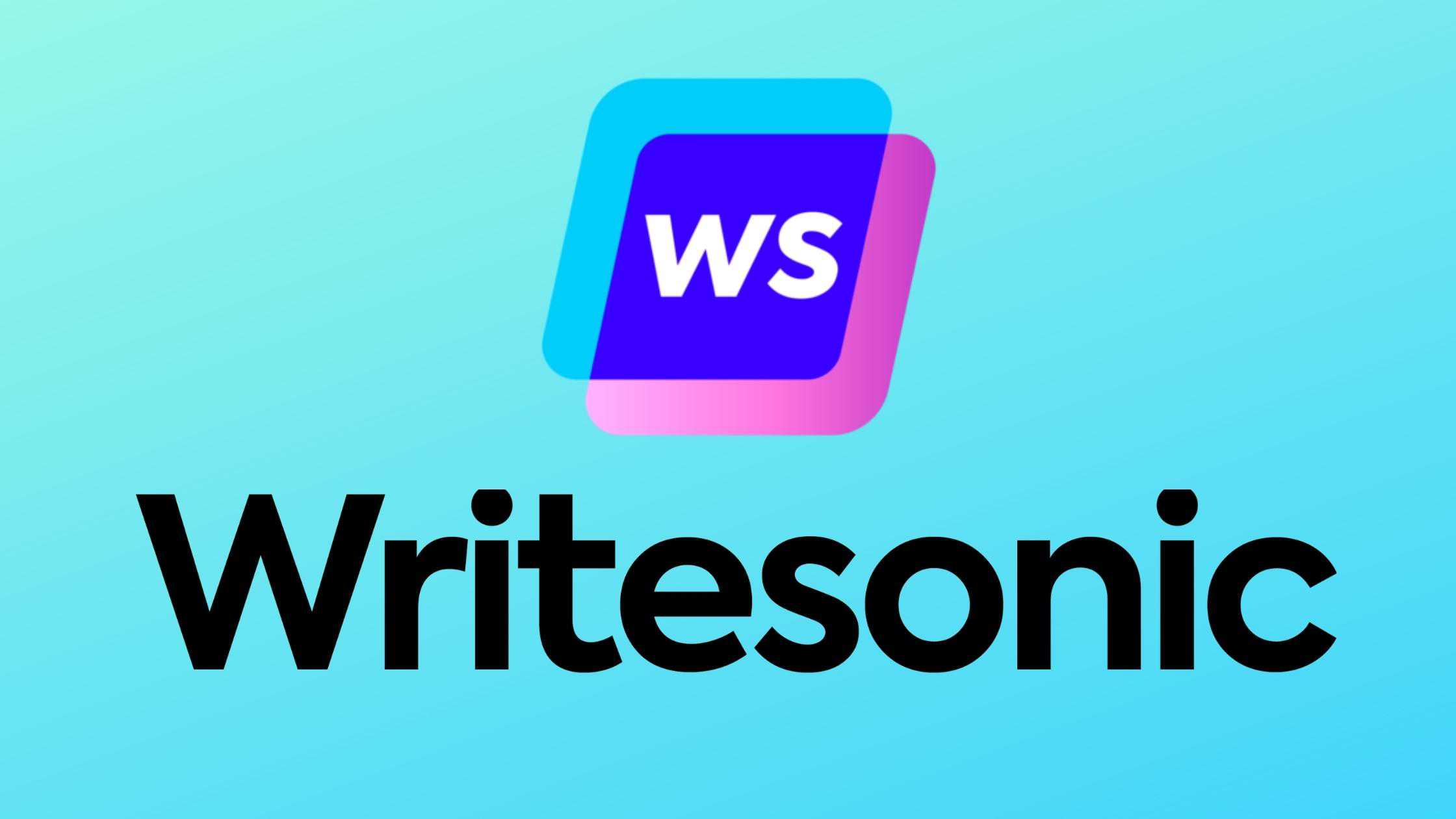
Writesonic focuses on streamlining the content creation process with its comprehensive suite of writing and optimization tools, particularly valuable for marketing and business content. It particularly helps in creating engaging content and interactive experiences.
Key features:
- AI article writer
- Landing page generator
- Product description creator
- SEO optimization tools
- Multilingual content support
- A/B testing capabilities
- Automated content scheduling
Limitations:
- Inconsistent quality when generating content outside standard marketing formats
- Limited capabilities for editing and refining already-generated content
8. Microsoft Copilot: Enterprise integration champion
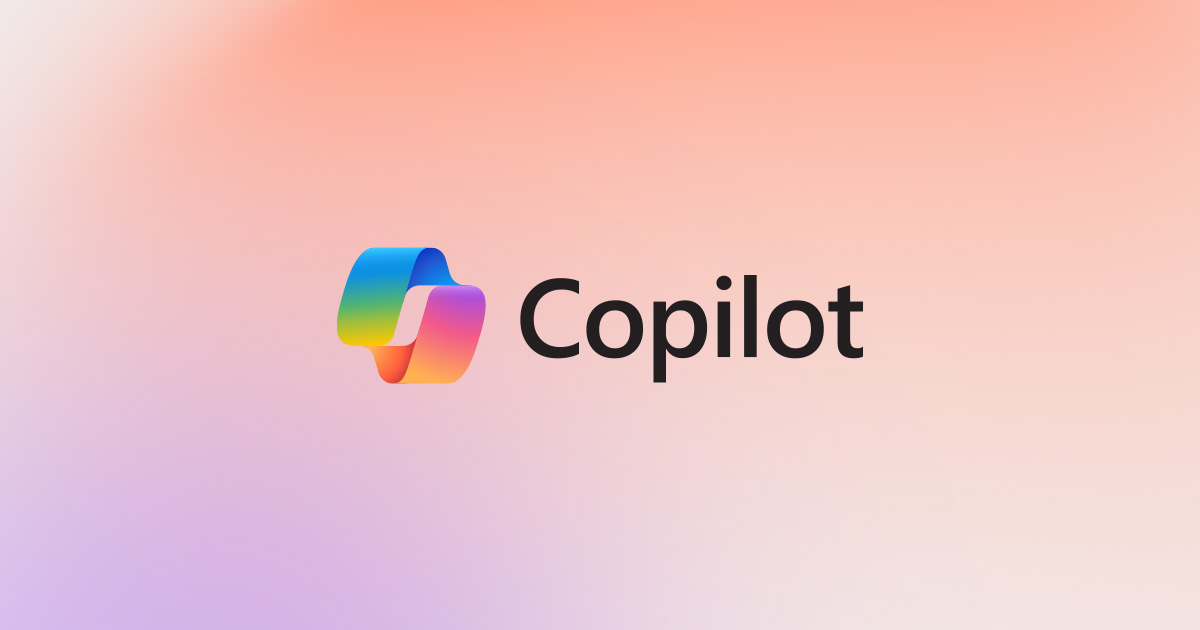
Microsoft Copilot (formerly Bing Chat Enterprise) represents Microsoft’s comprehensive approach to AI assistance, deeply integrated with the Microsoft 365 ecosystem and enterprise workflows.
Key features:
- Seamless Microsoft 365 integration
- Enterprise-grade security
- Document analysis and creation
- Code generation and analysis
- Real-time collaboration tools
- Data visualization capabilities
- Natural language querying
Limitations:
- Limited effectiveness when used outside the Microsoft ecosystem of applications
- Struggles with highly specialized industry content requiring deep domain expertise
- Lacks advanced customization options for controlling content tone and style
9. ClickUp: AI-powered productivity suite
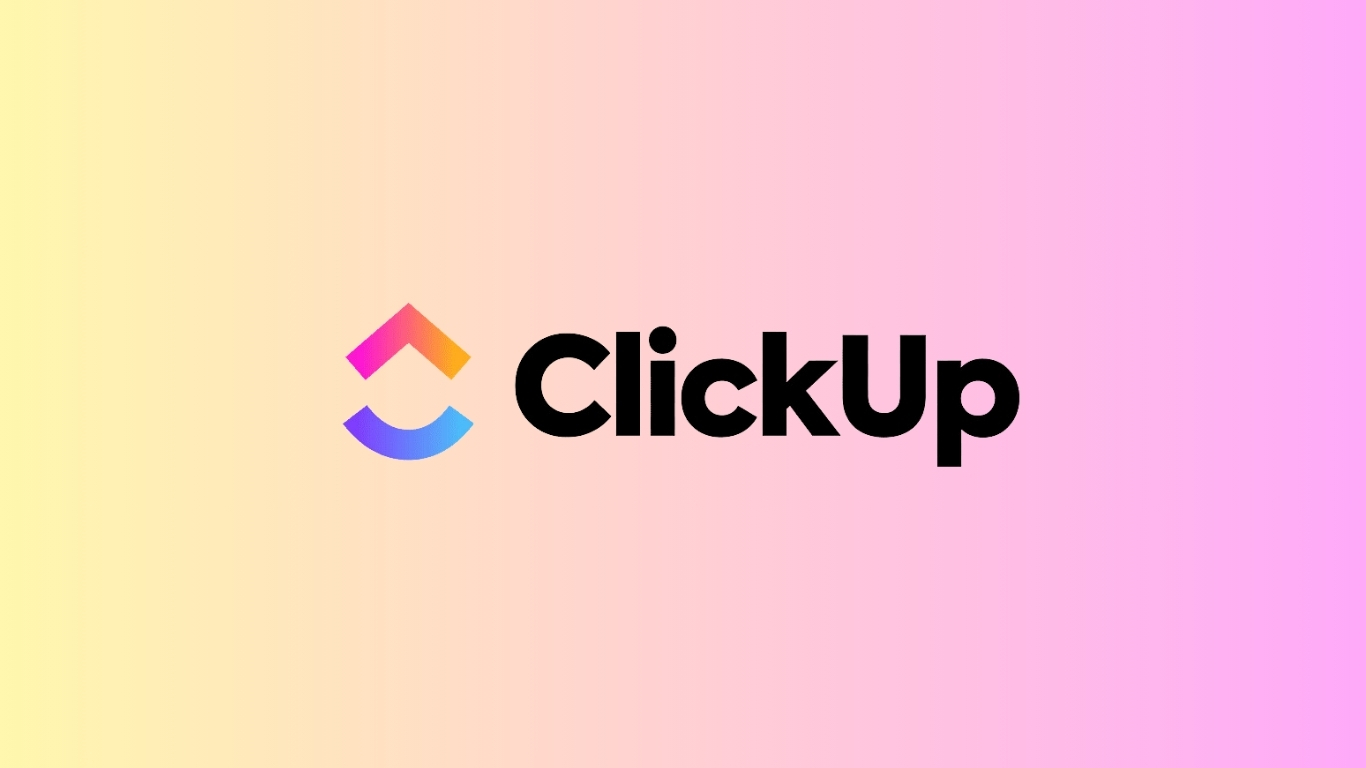
ClickUp combines project management with AI capabilities, offering a unique blend of productivity tools and intelligent assistance for teams and individuals.
Key features:
- AI-powered task management
- Smart document creation
- Automated workflow generation
- Project timeline optimization
- Meeting summary generation
- Natural language processing
- Custom automation builder
- All-in-one productivity solution
- Customizable workspace views
Limitations:
- Writing tools secondary to project management features, resulting in less robust content capabilities
- Limited advanced writing features like tone adjustment or content optimization
- Fewer content templates compared to dedicated AI writing platforms
Conclusion
When looking for ChatGPT alternatives, focus on what matters in your workflow: current information, specialized content creation, or integration with existing tools? The right choice varies by individual requirements.
Among the ChatGPT competitors we’ve covered, Contentpen distinguishes itself with industry-specific optimization that understands niche terminology. While not universal, it strikes a balance between customization and performance that many AI content creation tools miss.
Truth is, the best AI content writer tool depends entirely on your specific needs. We suggest test-driving several options to discover which alternative truly enhances your creative process.
FAQs on ChatGPT alternatives
Contentpen is a top choice for marketers, as it offers brand voice customization, SEO tools, and much more.
While ChatGPT is powerful, it has limitations such as outdated knowledge, inconsistent responses, and lack of real-time internet access. Alternatives may offer better customization, industry-specific knowledge, or enhanced features.
ChatGPT is an AI language model developed by OpenAI, known for its human-like text generation. It became widely popular due to its ability to assist with tasks like writing, coding, and answering queries.
Yes, Contentpen and Google Gemini have image-generation capabilities, unlike ChatGPT, which is limited to text-based outputs.
You might be interested in...
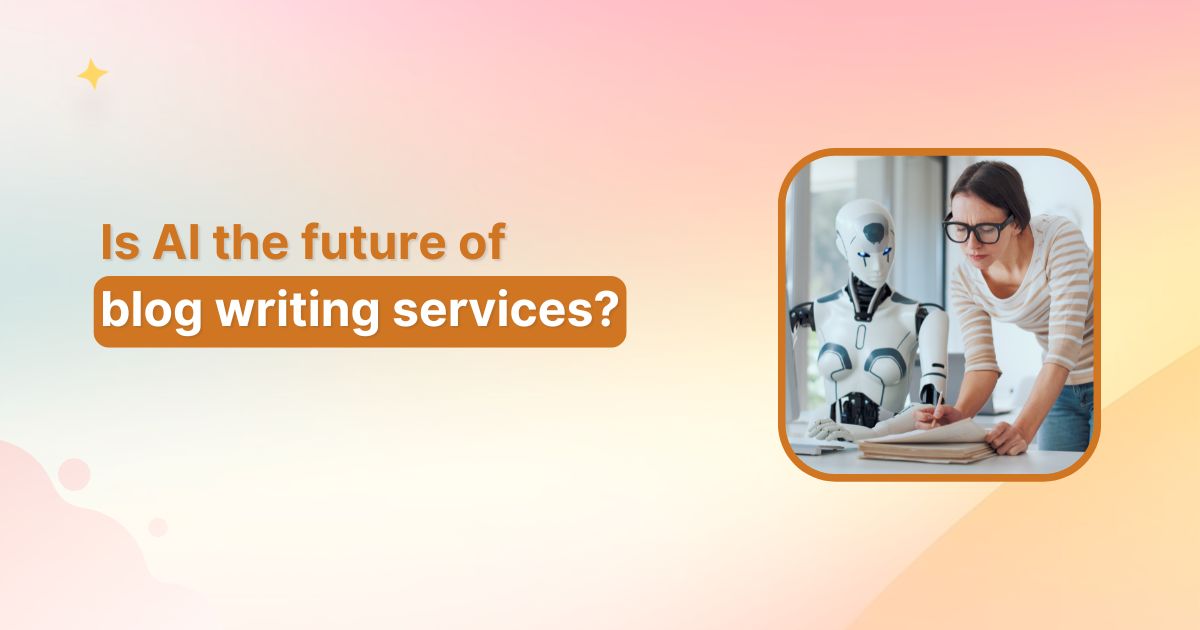
Is AI the future of blog writing services?
Traditional blog writing services face their biggest disruption yet. With generative AI tools producing content in seconds, businesses are questioning whether they still need human writers. AI writing tools have transformed from niche curiosities to mainstream business solutions practically overnight. Content agencies report a common refrain from clients: “Why should we pay for human writers […]
Aug 5, 2025
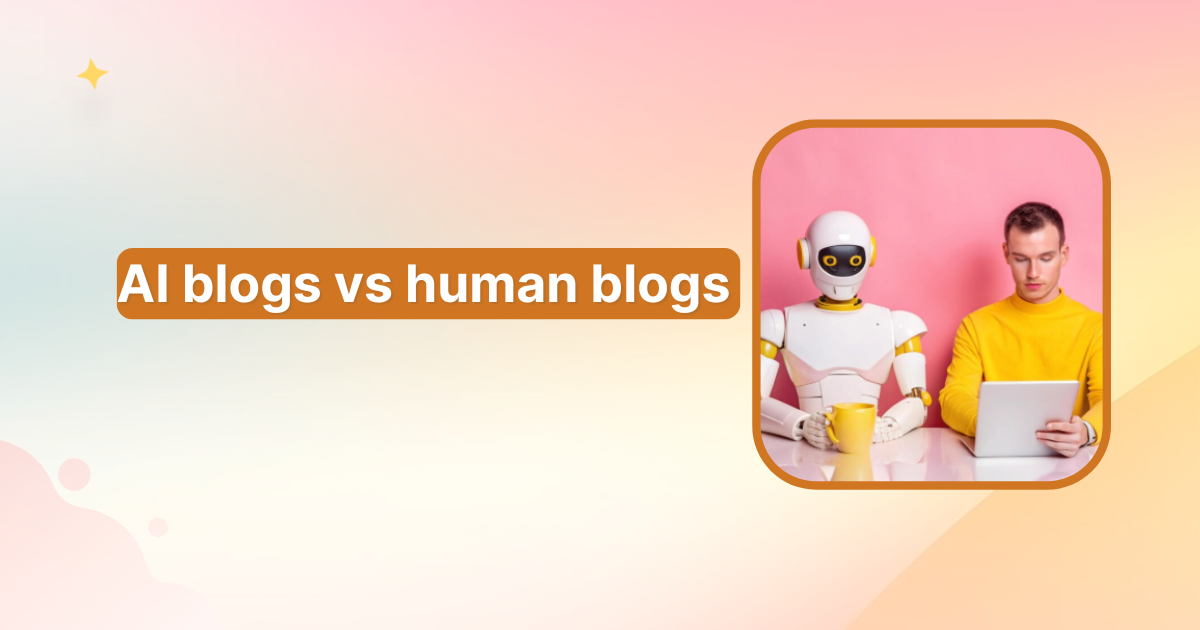
AI blogs vs human blogs: Which creates better content in 2025?
The debate between AI blogs vs human blogs has reached a tipping point. With AI tools for content creation becoming more popular and advanced, businesses are questioning whether they should stick with human writers or embrace artificial intelligence for their content strategy. Studies indicate that 88% of marketers are already relying on AI to handle […]
Jul 14, 2025
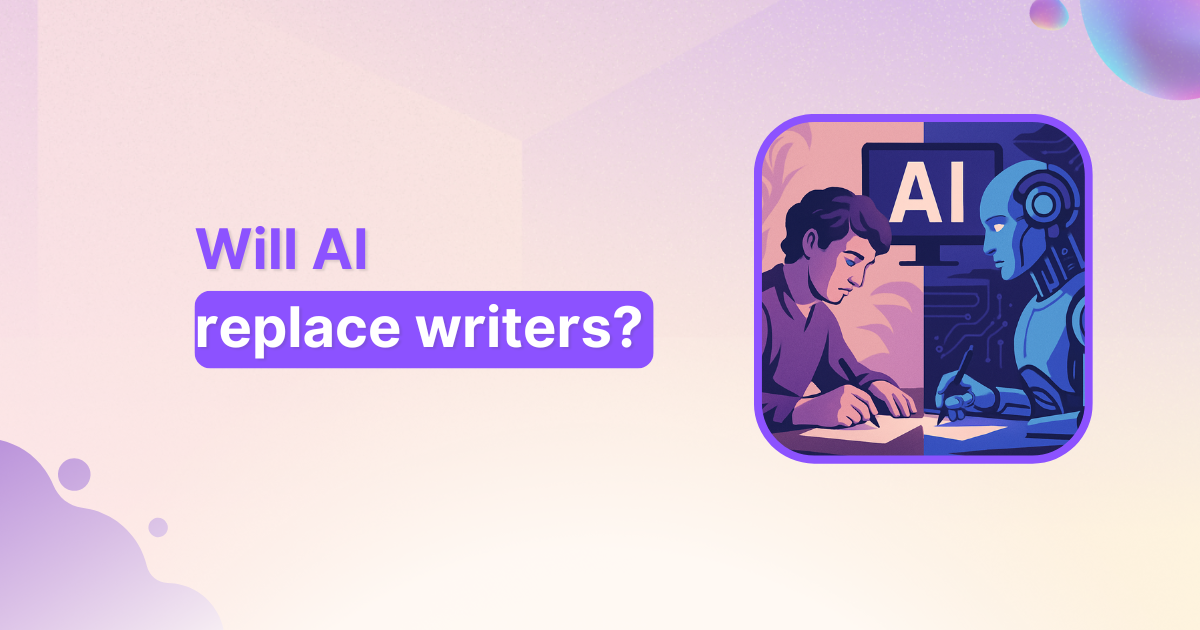
Will AI replace writers? The truth behind the hype
The digital landscape is buzzing with excitement and anxiety about AI writing tools. From Contentpen’s intelligent content generation to ChatGPT’s conversational prowess and Jasper’s marketing copy expertise, artificial intelligence has stormed into the writing world with impressive capabilities. This technological leap forward has sparked a burning question that keeps writers awake at night: Will AI […]
Jun 19, 2025